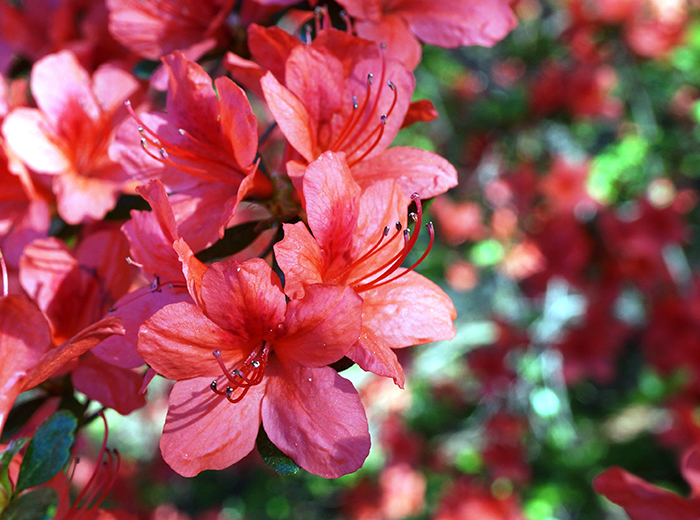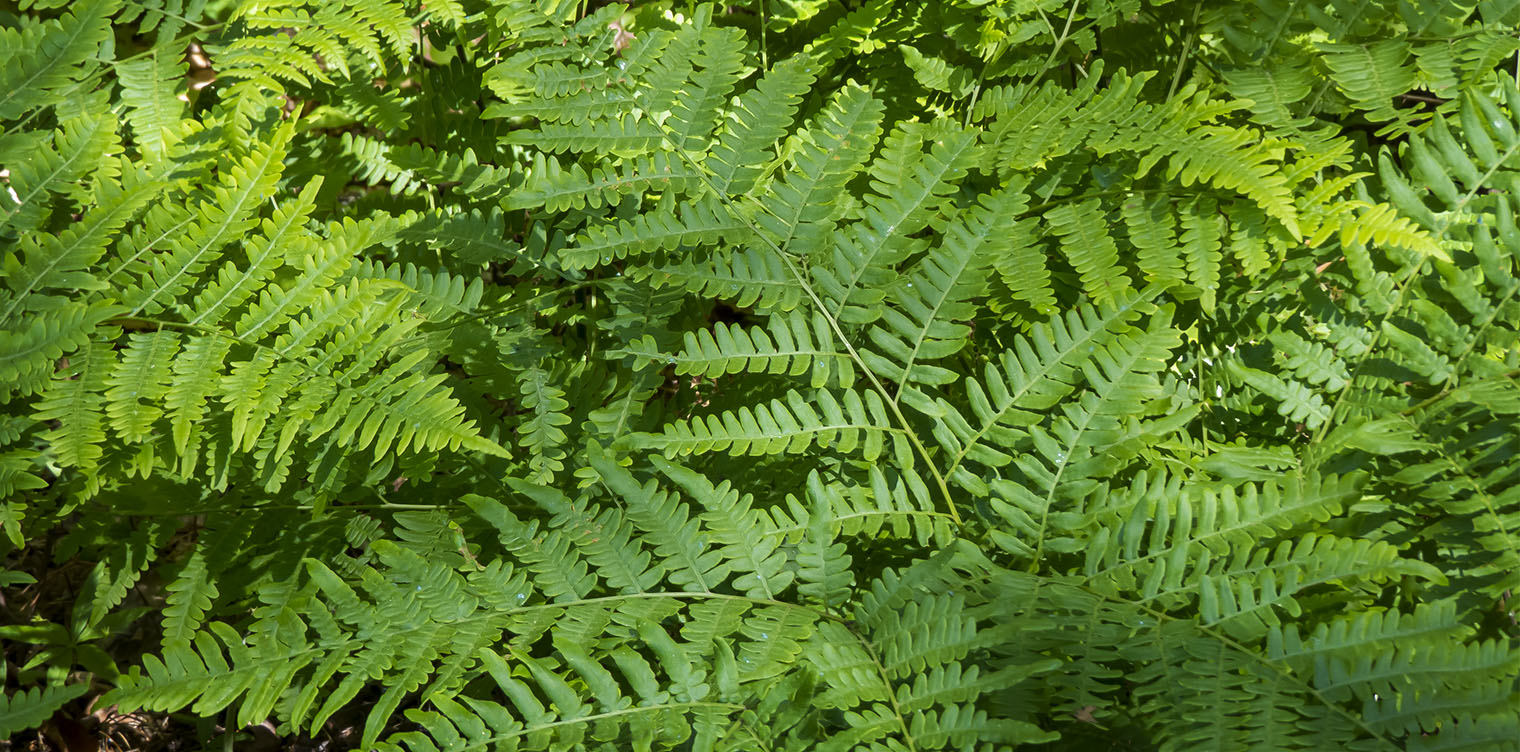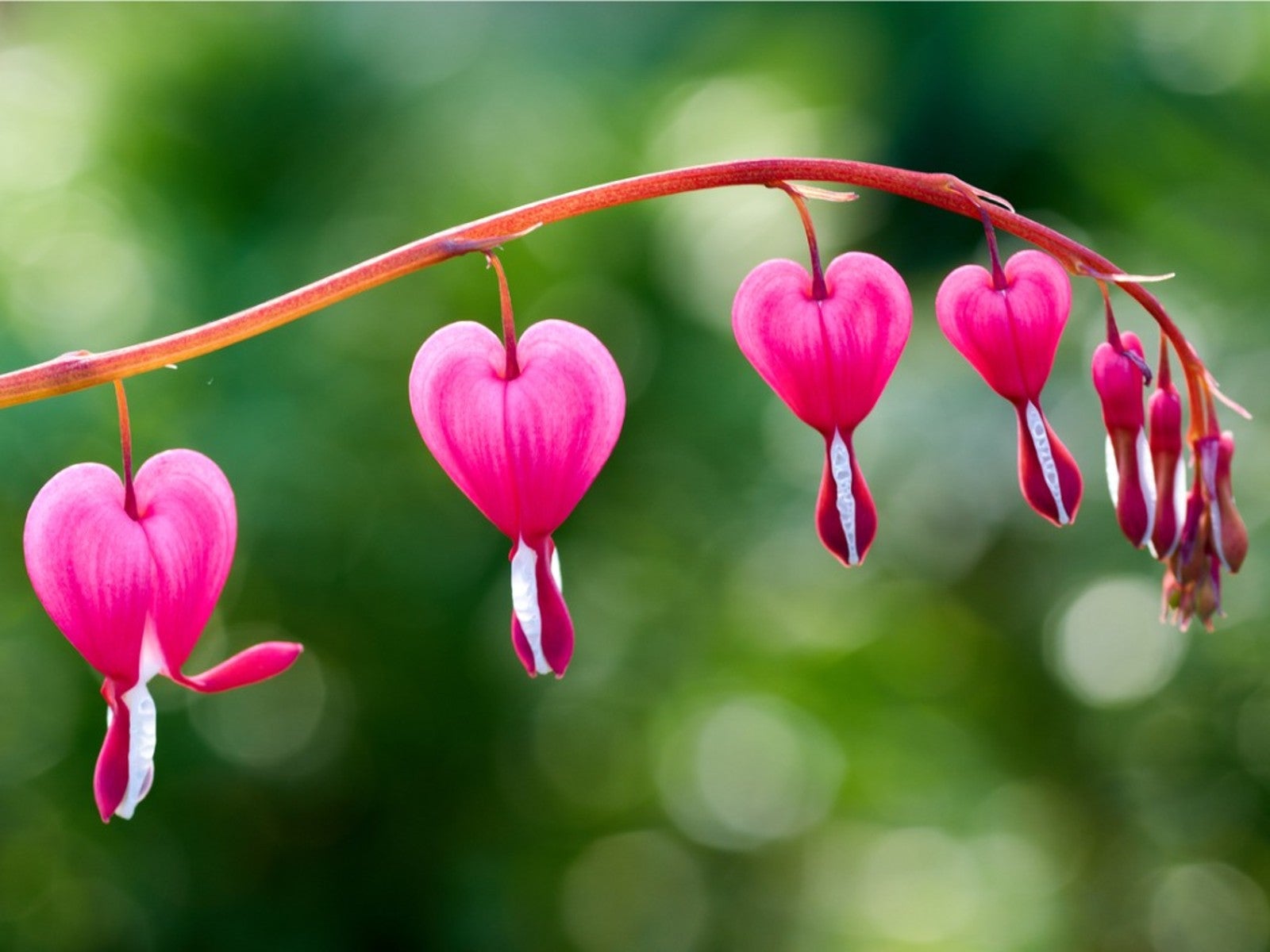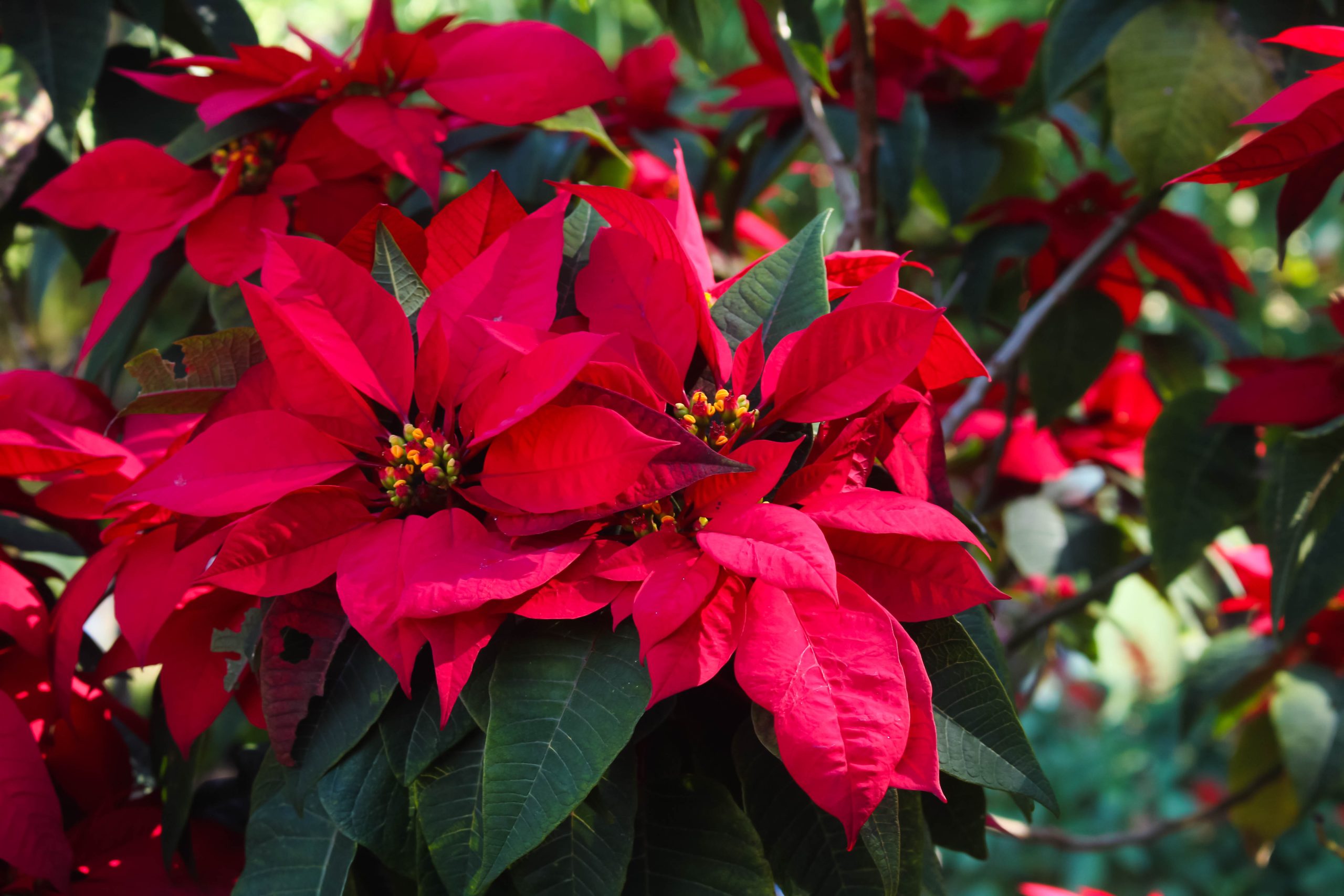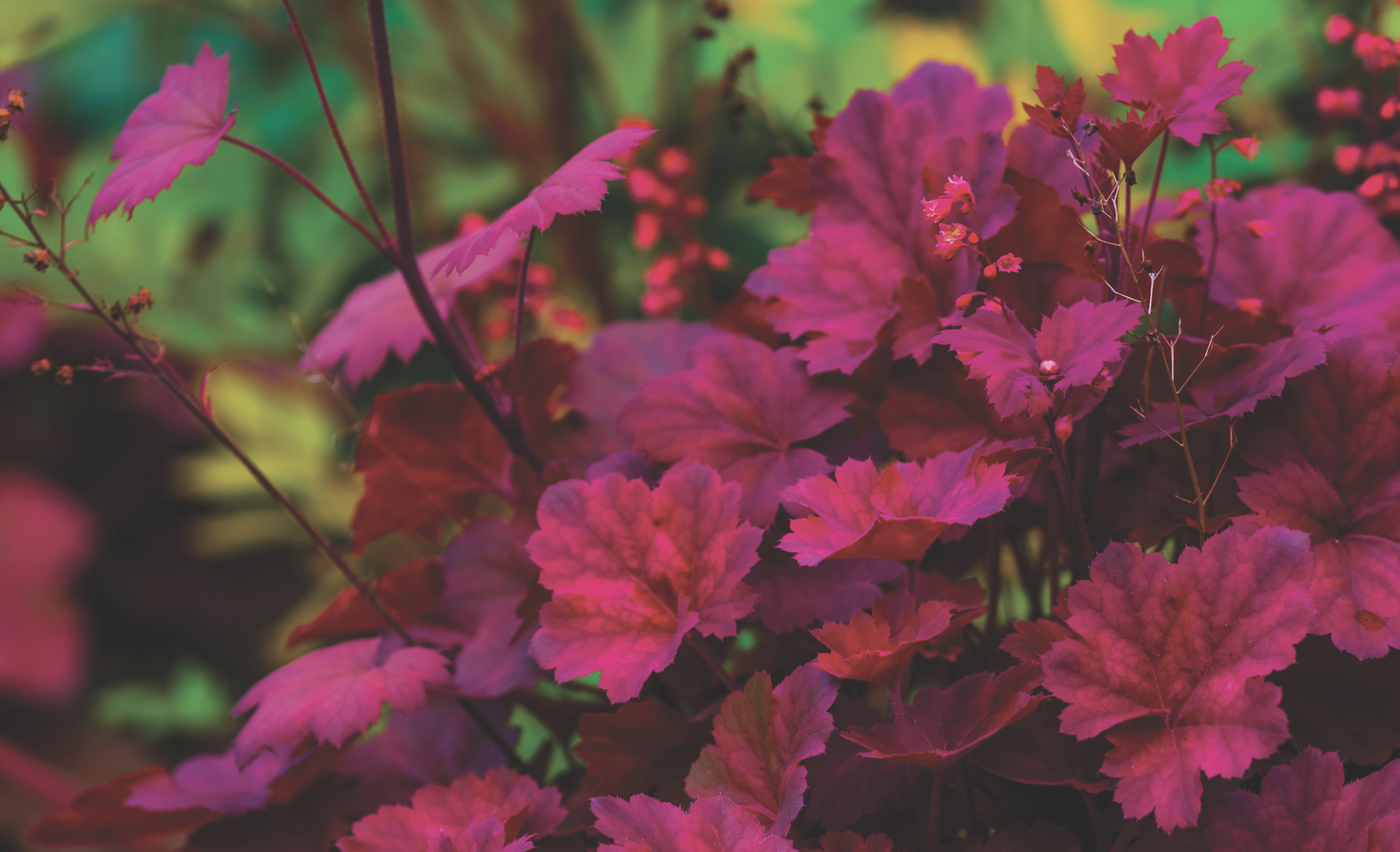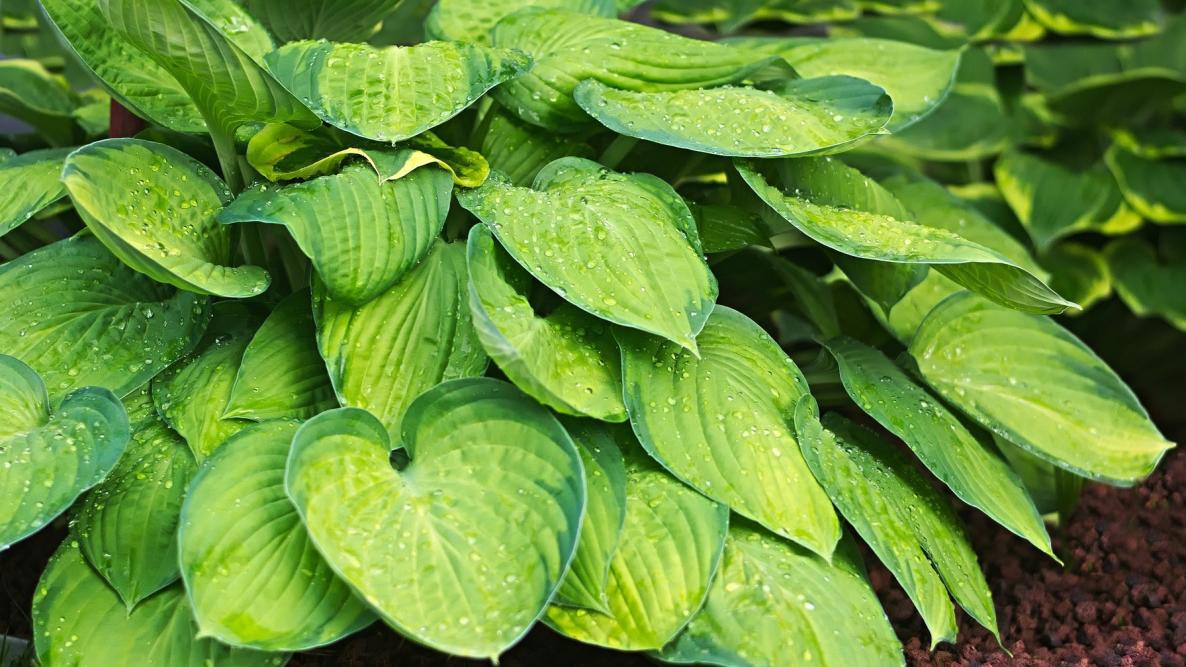Azaleas arrived to the South from Japan in the 1800s and became an instant favorite. Azaleas are not your polite, retiring Southern belles; they are in-your-face vibrant harlots.
Azaleas belong to the Rhododendron genus, which has over 900 species. There is a large range of colors, including pink, white, red, salmon and lavender; they are born on funnel-shaped blooms.When choosing your azaleas, be sure that you purchase them while blooming. It is disappointing to water and care for a group of azaleas through summer, fall and winter, then to have one explode in a shocking red the following year when all her neighbors were the lovely shade of purple you had chosen. Because their color is so vivid, you need to plan carefully. To be safe, choose plants of one color so they won’t clash. If you have to have a combination, limit it to no more than two colors, which harmonize with similar shades of the same color. Pastels and whites are the easiest to work with.
Local discount stores have azaleas for sale at unbelievable prices, like $1.50 for a one-gallon stick plant. These can be great for naturalizing your woods, but remember that bloom times vary, so your display could be sporadic. Azaleas look best when planted in graceful sweeps.
These painted ladies will perform for years with the proper planting and maintenance. Azaleas like acid soil with a ph of 5.5 to 6. Dig a hole twice the size of the root ball, and make sure that your soil drains. Lousy drainage is the number one killer of azaleas. Azaleas need lots of organic matter. Thoroughly mix leaf mold, aged grass clipping, wood chips or peanut hulls with soil, then toss this mixture into the hole before planting. Unlike most plants, azaleas can be planted almost 2 inches above the ground level. Azaleas are shallow rooted and moisture loving. Make sure that you mulch to retain moisture, to protect from the cold and to prevent weeds. They’ll need a soaking once a week for the first year. Light shade is also important. After blooming, some the petals will turn brown and stick to the bush. If you can’t stand this ugly stage, you can sweep the dead blooms off with a kitchen broom.
Expect your standard azalea to grow six feet tall and six feet wide. Unfortunately, everyone has seen them pruned into a square when they become too large for a foundation planting around a house. Hybrids come in all sizes now, so it is easier to choose a plant to fit your location. Pruning should occur after they have finished blooming. Don’t prune after the first of July, or you’ll be cutting off next year’s flowers. Dead branches can be pruned at anytime. We have azaleas growers in our area so that we don’t have to buy Florida azaleas. Look for a local grower so that your plants won’t be shocked or die when the temperature drops to -10 degrees.
These Southern streetwalkers can be seen blooming in our yards each spring. The only thing that can stop them is a late spring freeze. Azaleas are not heavy feeders, and since they are shallow rooted, fertilizer can burn new roots. In the spring after they have flowered, use a slow release 12-5-9 fertilizer. This will keep your plants looking their best. Epsom salt is hydrated magnesium, and working a small bit into the soil around each plant will acidify the soil and provide magnesium. You can also just buy azalea fertilizer.
The azaleas that we are the most familiar with are the evergreen type, meaning that they keep their leaves in the winter. Recently I’ve noticed more native azaleas (deciduous) available to the public. They are not as particular about soil acidity and winter shade, but they are more sensitive to summer heat.
A soft spring rain and beautiful azaleas is the perfect setting for relaxing in a rocking chair on the porch. Get a tall glass of sweet iced tea with a sprig of mint. This makes for an afternoon of just enjoying being alive. Or in Scarlet O’Hara’s case, “I won’t think about that now. I’ll think about that tomorrow.” After the azaleas stop blooming.


